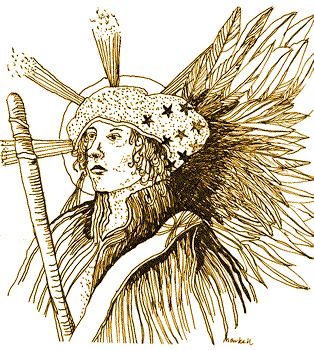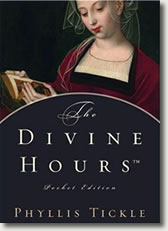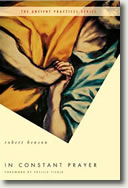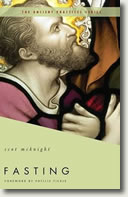The Holy Place Between Myth and Theology
The following reflection first appeared in September 2009 as part of First Sundays with Phyllis Tickle, a series of monthly blogs written by Tickle and posted on explorefaith from 2008 to 2010.
 September! Ahhh…sweet September. It’s enough to make any religionist’s heart swell with a worthy anticipation. The Ecclesial Year began on Tuesday for the Orthodox Church, and day after tomorrow, the Church in general celebrates the birth of the Virgin Mary. Two weeks hence is Holy Cross Day, when we recognize and acknowledge the cross as the central symbol of the Christian faith.
September! Ahhh…sweet September. It’s enough to make any religionist’s heart swell with a worthy anticipation. The Ecclesial Year began on Tuesday for the Orthodox Church, and day after tomorrow, the Church in general celebrates the birth of the Virgin Mary. Two weeks hence is Holy Cross Day, when we recognize and acknowledge the cross as the central symbol of the Christian faith.
Mixed into all of this, of course, are the two holiest days of the Jewish year—Rosh Hashanah with its mournful shofar on the 19th and Yom Kippur, the Day of Atonement, on the 28th. For Islam, the 17th, a week from this Thursday, is Laylat al Kadar, the Night of Power, which is a time of thanksgiving for the first revealing of the Koran. Then, of course, Ramadan ends on the 21st with the mighty festival and feast of Eid al Fitr.
Ironically enough, the 21st is also sacred for Wiccans, who call it Mabon and celebrate it as the autumnal equinox, that strange time when the day and the night are of equal length and the harvest is ready for reaping … unless, of course, one is Wiccan in the southern hemisphere where the 21st is Ostara, or the celebration that welcomes the goddess as maiden because spring has come at last to waken the earth.
The Hindus, not to be outdone, on the 19th will begin the festival of Navaratri—the festival of the Divine Mother—to honor Durga, the wife of Shiva, and to ask her blessings on them. Shortly thereafter, on the 28th, they will observe Dasera, the celebratory commemoration of Lord Rama’s victory over evil. And capping all of this is my personal favorite, and I am being quite serious. For as long as I can remember, it has been the Feast of St. Michael and All Angels, which occurs on September 29th every year, that has most charmed me.
Do I really think a shofar is a very practical or adept instrument for making contemporary music? No, not really, and yes, absolutely. I know that latter bit, because never, ever in my life have I been in a hall or a synagogue when the sounding of that mighty horn did not bring some to tears and all to stillness.
Do I think the Virgin Mary was herself born of St. Anne from an immaculate conception? No, not really. There’s no scriptural basis … and certainly no common-sense basis … for thinking so; but for years I worshipped joyfully in St. Anne’s parish where a picture of St. Anne’s holding the infant Virgin was the first and last thing one saw in every Sabbath coming and going.
Do I think Lord Rama actually fought an ancient and successful battle against evil and won forever and always? No, not really. But I know that the literature and visual art which have come into my world because of that battle is some of the whole world’s most enduring, powerful, and moving.
Do I today think the Quran was first revealed on a September night almost a millennium and a half ago? No, but I know it came from somewhere, just as I know stopping to celebrate that event is as enlivening and inspiring in September this year as it will be in some other month two or three or five years from now.
As far as that’s concerned, do I really know whether or not there is a mighty angel named Michael, even if his feast day and his stories are my favorites? Of course not, but then again, of course I do. That is, I know that if I stop every autumn in that sweet time when the harvest is in and the fields of Lucy, Tennessee, are burnished to a deep glow of sun and slanted light, I can see Michael’s King in the goodness of the earth around me and in the sweetness of summer’s dying. I can see old St. Michael hovering over our fields, and I can see him as he leads his host through the tall grasses that wave and bow in the wind before him. It charms me and calms me and delights me every September that it should be so.
But is any of this religion in a sacred sense of that concept. Yes, I think it is. Certainly I know that the coming of these autumnal holy days reminds me, year after year, of the holiness that lies somewhere between theology and myth. Or perhaps, it’s better said that their coming reminds me, year after year, that theology unsoftened by myth is a hard stone to feast on and a terribly barren land to try to live in.
Copyright © 2009 Phyllis Tickle.


